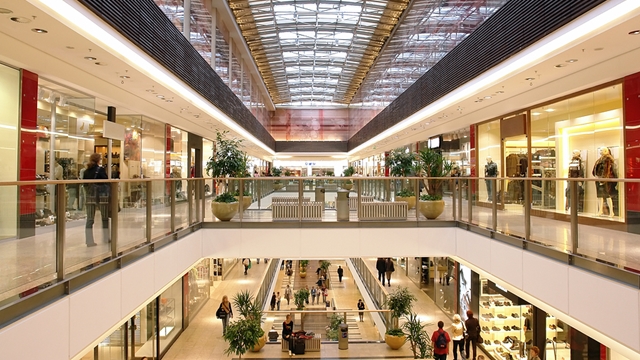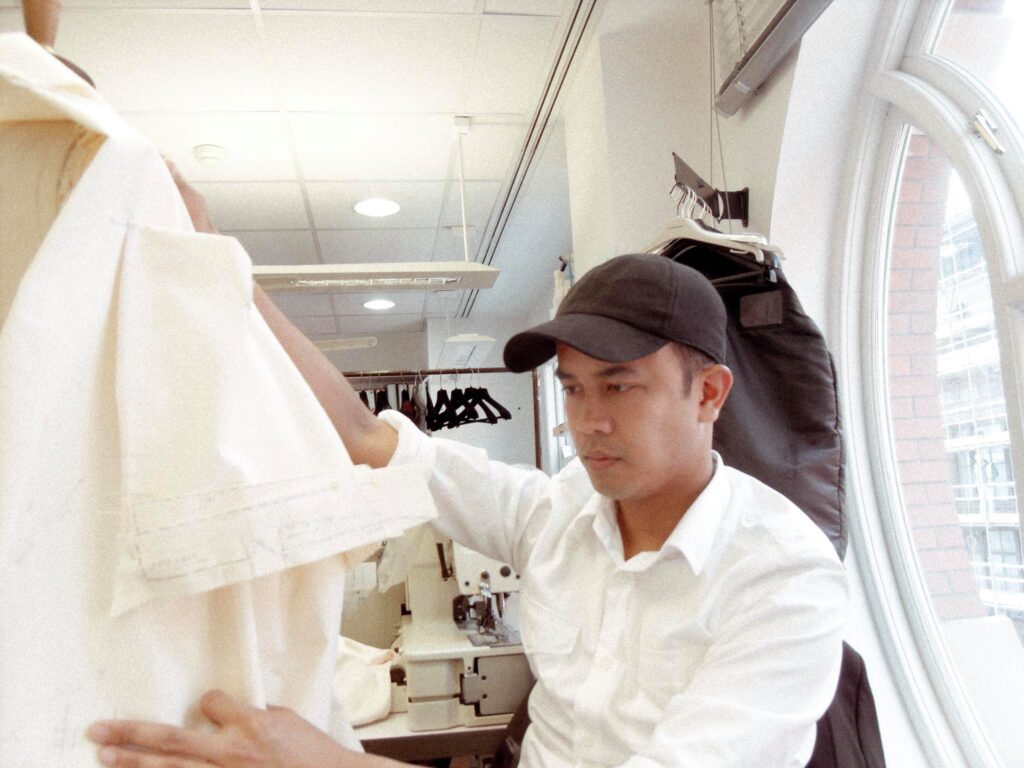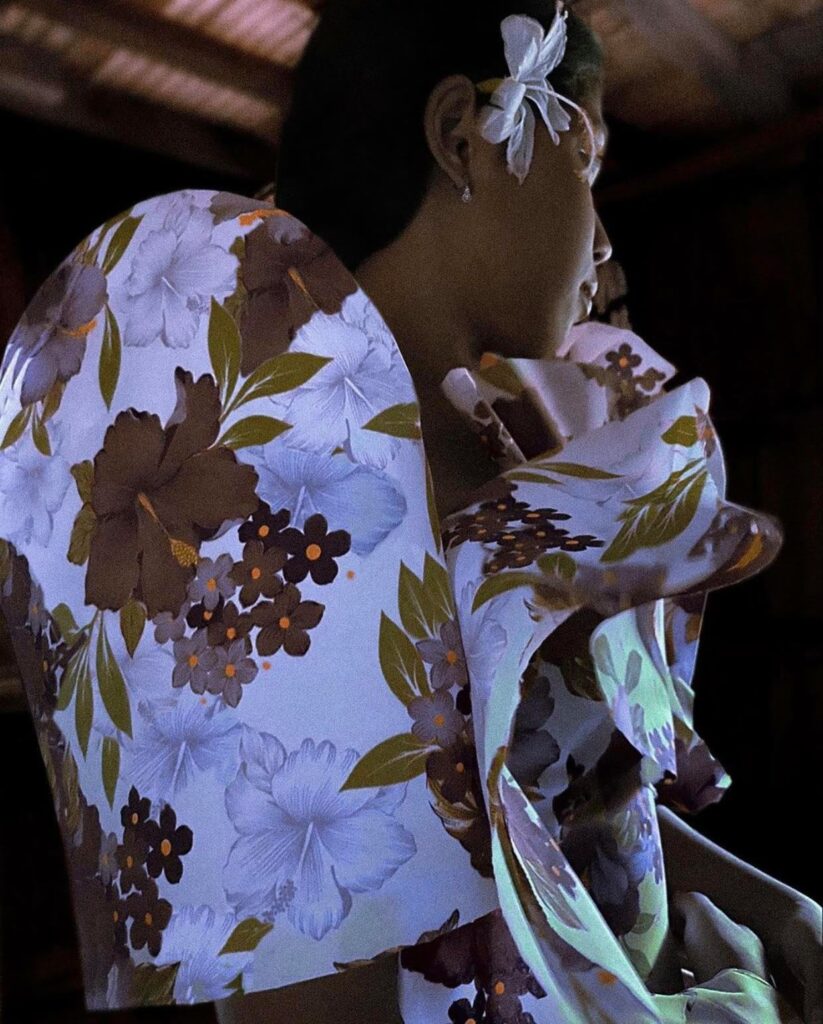If there’s one thing consumers have learned over the past year, says designer Lesley Mobo, it’s that they don’t need more of the same. What they need are less, but well-made products, including clothes, that connect with them emotionally.
By Alex Y. Vergara
While bigger, more established retail brands try to play it safe when it comes to setting trends in 2021, their smaller and younger counterparts are the ones more likely to push the envelope, as they try to venture further afield in terms of creativity.
That’s how fashion designer Lesley Mobo sees it, as the entire world enters the second year of a debilitating pandemic that has directly impacted such businesses as travel, hotels, live entertainment, restaurants and fashion, which include both ready-to-wear and made-to-order clothes.

Mobo, who spent a good part of his career either as a consultant or creative director for a number of London-based retail companies, including Jasmine di Milo, was among the country’s leading designers PeopleAsia asked to gaze into their crystals balls a few weeks ago for likely trends in haute couture and high-end ready-to-wear apparel (http://peopleasia.ph/putting-back-the-fun-in-pandemic-fashion/).
The Aklan native went on to provide us with a forecast of likely developments in the bigger world of mass-based retail. Developments this year, he says, hinge on the limitations of both brands and designers in sourcing for suppliers, factories and materials to turn the latter into actual clothes.

“Because of the pandemic, it’s safe to assume that the first half of the year will be slow for everyone—from people running fabric mills, designers sourcing and turning these fabrics into finished products, to buyers sourcing for finish products to stock into stores,” says Lesley.
In lieu of quantity, which has often been euphemistically described in marketing as fast fashion, more consumers in the new normal, apart from becoming more practical, will tend to go for quality, as they expect more “craftsmanship and techniques” to go into their clothes and accessories.


“I see this development as a chance for designers of retail fashion to push the boundaries when it comes to creativity, as they create products that inspire and bring back consumer confidence to shop,” says Lesley.
One of fashion’s main reasons for being, after all, is to make people’s lives better by bringing hope and beauty “amidst the harshness of daily life,” he adds. Such a disruption, once we settle down after the worse is over, is again another stark reminder of why fashion remains important, why it exists.
Lesley makes the connection vis-a-vis the steady decline in sales of celebrity-driven clothing lines, including perfume and grooming products, even before the pandemic to consumers’ growing desire to go beyond “skin-deep and superficial fashion products” linked to celebrity culture. Instead, a growing number of shoppers want “authenticity and real stories” behind the products they buy.
“They’re realizing the value behind authenticity and its ability to connect with them emotionally,” Lesley explains. “These are the types of consumers that will dictate how retail is to move forward.”

On a practical note, he hopes to see brands and designers bringing back the fun in fashion with a wider range of colors supplemented by traditional as well as cutting-edge techniques in terms of sourcing, fabric treatment and manipulation, and even surface design treatment.
Bigger, more established brands, Lesley predicts, will tend to gravitate towards producing more comfortable and casual clothing suitable for home or working from home. He doesn’t preclude the possibility that many of them will be using “luxurious fabrications” to elevate work-from-home clothes, which a growing number of retail companies have tapped into and begun to embrace.
“In contrast, I see smaller and more independent brands using the opportunity this year and in succeeding seasons to execute contrasting or opposing trends, as they experiment and explore the ‘wilder’ and more fun side of RTW fashion,” he adds.
The designer’s definition of fun translates into more creative and off-beat prints, wilder shades and color combinations, and unusual silhouettes, volumes and garment cuts. All these, of course, are the designers’ obvious attempts at summoning positivity and hope that the worse, now that vaccines are already here, will soon be behind us.
Even as the pandemic rages, a growing number of consumers have already realized that they don’t need more of the same. What they need are less, but well-made products, including clothes, that connect with them emotionally.
“Again, like what I’ve said earlier, I see a big return to storytelling and great concepts,” says Lesley. “The pandemic has unwittingly created more intelligent consumers. In time, these new breed of consumers won’t easily spend their money on stuff that don’t resonate with them emotionally. Thus originality and authenticity are musts for retail brands to muster if they are to survive and convince consumers to shop again.”
In turn, if they know what’s good for them, astute folks behind these retail brands—from manufacturers to creative directors—will have to revisit their origins and reexamine their raison d’être or reason for being. Their continued survival and relevance in a leaner retail landscape in the coming years hinge on such a self-examination.






